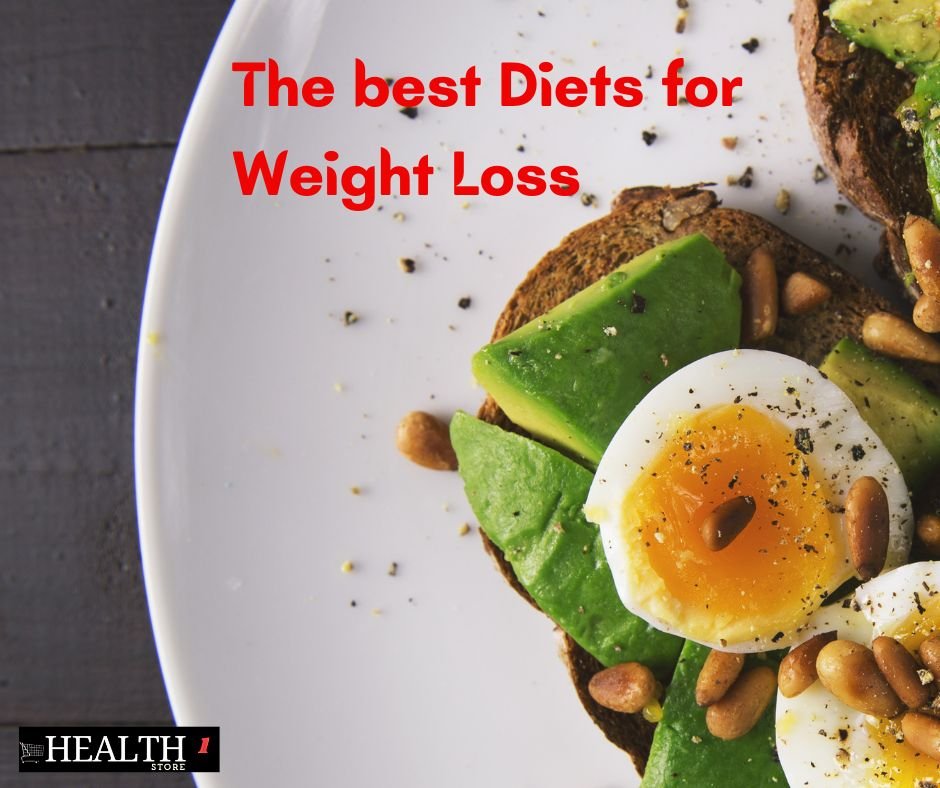Introduction
Fat-burning exercises are an essential part of the journey to weight loss and a lean physique. Whether you’re trying to shed a few pounds or maintain a healthy weight, incorporating exercises that target fat-burning can accelerate your progress. While diet plays a critical role, engaging in physical activity that boosts your metabolism and burns calories is key to achieving and maintaining your fitness goals.
We will delve into the most effective fat-burning exercises, explaining how they work, why they’re beneficial, and how to incorporate them into your routine. We’ll also cover important tips, strategies, and statistics on fat-burning workouts to help you stay motivated and focused.
Table of Contents
Fat-Burning Exercises
The Science Behind Fat-Burning Exercises
Fat-burning exercises target stored fat in the body, breaking it down to be used as fuel. This process occurs when you engage in physical activities that increase your heart rate and require energy. The body draws from its fat reserves to meet these energy demands, thus reducing body fat over time.
Factors Affecting Fat Burning:
- Intensity: The higher the intensity of your workout, the more calories and fat your body burns.
- Duration: Longer workouts tend to burn more fat, especially when performed at a moderate to high intensity.
- Muscle Engagement: Exercises that involve larger muscle groups tend to burn more calories.
- Metabolism: A person’s metabolic rate will influence how fast they burn fat during exercise.
Types of Fat-Burning Exercises
1. High-Intensity Interval Training (HIIT)
HIIT is one of the most effective ways to burn fat quickly. It involves alternating between short bursts of intense activity and periods of rest or low-intensity exercise. HIIT workouts are known for their ability to burn a significant number of calories in a short time, even after the workout has ended (due to excess post-exercise oxygen consumption or EPOC).

Example of a HIIT Workout:
- 30 seconds of sprinting
- 15 seconds of walking
- Repeat for 15–20 minutes
Benefits:
- Burns more fat in less time.
- Increases metabolic rate for hours after the workout.
- Engages various muscle groups, enhancing strength and endurance.
| Benefits of HIIT | Average Calories Burned (per 30 mins) |
|---|---|
| Intense fat burning | 400–600 calories |
| Metabolism boost | Continues to burn fat post-workout |
2. Strength Training (Weightlifting)
Strength training not only helps build muscle but also plays a crucial role in fat burning. The more muscle you have, the more calories your body burns at rest. By incorporating compound movements (exercises that work multiple muscle groups), you can increase calorie burn and stimulate fat loss.
Example of Strength Training Exercises:
- Squats: Targets glutes, quads, hamstrings.
- Deadlifts: Engages your back, core, and legs.
- Bench Press: Works chest, shoulders, and triceps.
Benefits:
- Increases muscle mass, which boosts metabolism.
- Burns calories during and after exercise.
- Strengthens the entire body, improving overall fitness.

| Strength Training Exercises | Average Calories Burned (per 30 mins) |
|---|---|
| Full-body workouts | 180–266 calories |
| Compound movements | 250–400 calories |
3. Cardio Workouts
Cardiovascular exercises are a tried-and-true method for burning fat. Whether you prefer running, swimming, cycling, or rowing, cardio activities raise your heart rate, leading to increased fat loss.
Example of Cardio Exercises:
- Running: A great way to burn calories and improve cardiovascular health.
- Cycling: Effective for burning fat and building leg muscles.
- Jump Rope: A full-body workout that burns fat and improves coordination.
Benefits:
- Enhances cardiovascular health.
- Increases fat-burning potential when done consistently.
- Can be adjusted to suit all fitness levels.
| Cardio Exercise | Average Calories Burned (per 30 mins) |
|---|---|
| Running (6 mph) | 300–400 calories |
| Swimming | 300–450 calories |
| Jump Rope | 330–500 calories |
4. Circuit Training
Circuit training involves performing a series of exercises in quick succession with minimal rest between each. This keeps your heart rate elevated, resulting in significant calorie burn and fat loss. Circuit workouts typically combine strength and cardio movements for a well-rounded workout.
Example of a Circuit Training Routine:
- Jumping Jacks (1 minute)
- Push-ups (1 minute)
- Squats (1 minute)
- Mountain Climbers (1 minute)
- Rest for 30 seconds and repeat the circuit for 20–30 minutes.
Benefits:
- Burns a high number of calories in a short period.
- Engages multiple muscle groups.
- Improves both strength and cardiovascular fitness.
| Circuit Training | Average Calories Burned (per 30 mins) |
|---|---|
| Combination of strength & cardio | 300–500 calories |
5. Swimming
Swimming is a full-body workout that’s particularly effective for burning fat. Since water provides resistance, you engage more muscles during a swimming session, which leads to increased calorie burn.
Example of a Swimming Routine:
- Freestyle stroke for 5 laps
- Breaststroke for 5 laps
- Backstroke for 5 laps
- Rest for 30 seconds between each stroke.

Benefits:
- Provides a low-impact, high-calorie-burning workout.
- Tones muscles while burning fat.
- Great for those with joint issues, as it reduces strain on the body.
| Swimming | Average Calories Burned (per 30 mins) |
|---|---|
| Freestyle Stroke | 250–350 calories |
| Butterfly Stroke | 400–600 calories |
Best Fat-Burning Exercises for Beginners
For beginners, it’s important to start with exercises that are manageable and sustainable. Here are a few low-impact fat-burning exercises that anyone can start with:
- Walking: A simple but effective exercise that can be done anywhere. Start with 30 minutes a day at a brisk pace.
- Bodyweight Squats: Strengthens your lower body and increases fat burning.
- Lunges: Engage the glutes, hamstrings, and quads, contributing to fat loss and muscle toning.
- Modified Plank: Builds core strength while burning fat.
Fat-Burning Exercise Plan for Maximum Results
To maximize fat loss, it’s essential to combine different types of exercises for a well-rounded routine. Here’s a sample weekly workout plan designed to burn fat effectively:
| Day | Workout | Duration |
|---|---|---|
| Monday | HIIT session (sprints, jumping jacks) | 30 minutes |
| Tuesday | Strength training (squats, deadlifts, push-ups) | 40 minutes |
| Wednesday | Cardio (running, cycling) | 45 minutes |
| Thursday | Circuit training | 30 minutes |
| Friday | Strength training (lunges, bench press) | 40 minutes |
| Saturday | Swimming or light cardio | 30–45 minutes |
| Sunday | Rest or light stretching | – |
The Importance of Diet in Fat Burning
No fat-burning exercise plan is complete without the proper diet. To effectively burn fat, it’s crucial to maintain a caloric deficit, meaning you burn more calories than you consume. Focus on nutrient-dense, whole foods like lean proteins, vegetables, fruits, whole grains, and healthy fats. Limiting processed foods and added sugars is also essential for sustained fat loss. Learn more about the best diets for weight loss.
Statistics About Fat Burning Exercises
- HIIT Effectiveness: Research shows that HIIT can increase fat loss by approximately 28.5% compared to traditional steady-state cardio over a 12-week period .
- Metabolic Increase: A study published in the Journal of Obesity found that participants who engaged in HIIT experienced a 13% increase in resting metabolic rate after just two weeks of training .
- Caloric Burn: According to the American Council on Exercise (ACE), a 30-minute HIIT workout can burn between 400 to 600 calories, significantly more than traditional moderate-intensity workouts .
- Strength Training Impact: The National Institutes of Health (NIH) indicates that strength training can increase resting metabolic rate by 15%, meaning more calories burned at rest due to increased muscle mass .
- Cardio and Weight Loss: A systematic review published in the Journal of Clinical Endocrinology & Metabolism found that moderate-intensity cardio can lead to an average weight loss of 5–10% of body weight when combined with dietary changes .
- Swimming Caloric Burn: The American College of Sports Medicine (ACSM) states that swimming can burn between 250 and 400 calories per 30 minutes depending on the stroke and intensity .
Fat-Burning Exercises Myths Debunked
1. Spot Reduction: Many people believe that targeting a specific area (e.g., abs) will burn fat from that region. However, fat loss occurs evenly across the body based on genetics and total body fat percentage.
2. More Is Always Better: Over-exercising can lead to burnout and injury. It’s important to find a balance between working out and rest to allow muscles to recover.
3. Cardio Is the Only Way to Burn Fat: Strength training is just as important, if not more so, for fat loss because it builds muscle, which increases your metabolism.
Conclusion of Fat-Burning Exercises
Incorporating fat-burning exercises into your fitness routine is one of the most effective ways to shed unwanted pounds and improve your overall health. High-intensity interval training (HIIT), strength training, cardio, and swimming are some of the best exercises to burn fat quickly. By following a structured workout plan and maintaining a healthy diet, you can maximize your fat-burning potential and reach your fitness goals faster.
Remember, consistency is key. It’s important to stick to your workout routine and adjust it as your fitness levels improve. Combine your efforts with proper nutrition and adequate rest for the best results.
References
- American Council on Exercise (ACE) – Fat-burning Exercise Guidelines: ACE Fitness
- Harvard Health Publishing – Exercise and Weight Loss: Harvard Health
- National Institutes of Health (NIH) – Physical Activity and Fat Burning: NIH
- Journal of Strength and Conditioning Research – Studies on HIIT and Fat Loss: Research Article
- American College of Sports Medicine (ACSM) – Recommendations for Effective Fat-burning Exercise Plans: ACSM
- Journal of Clinical Endocrinology & Metabolism – Systematic Review on Cardio and Weight Loss: Research Article




